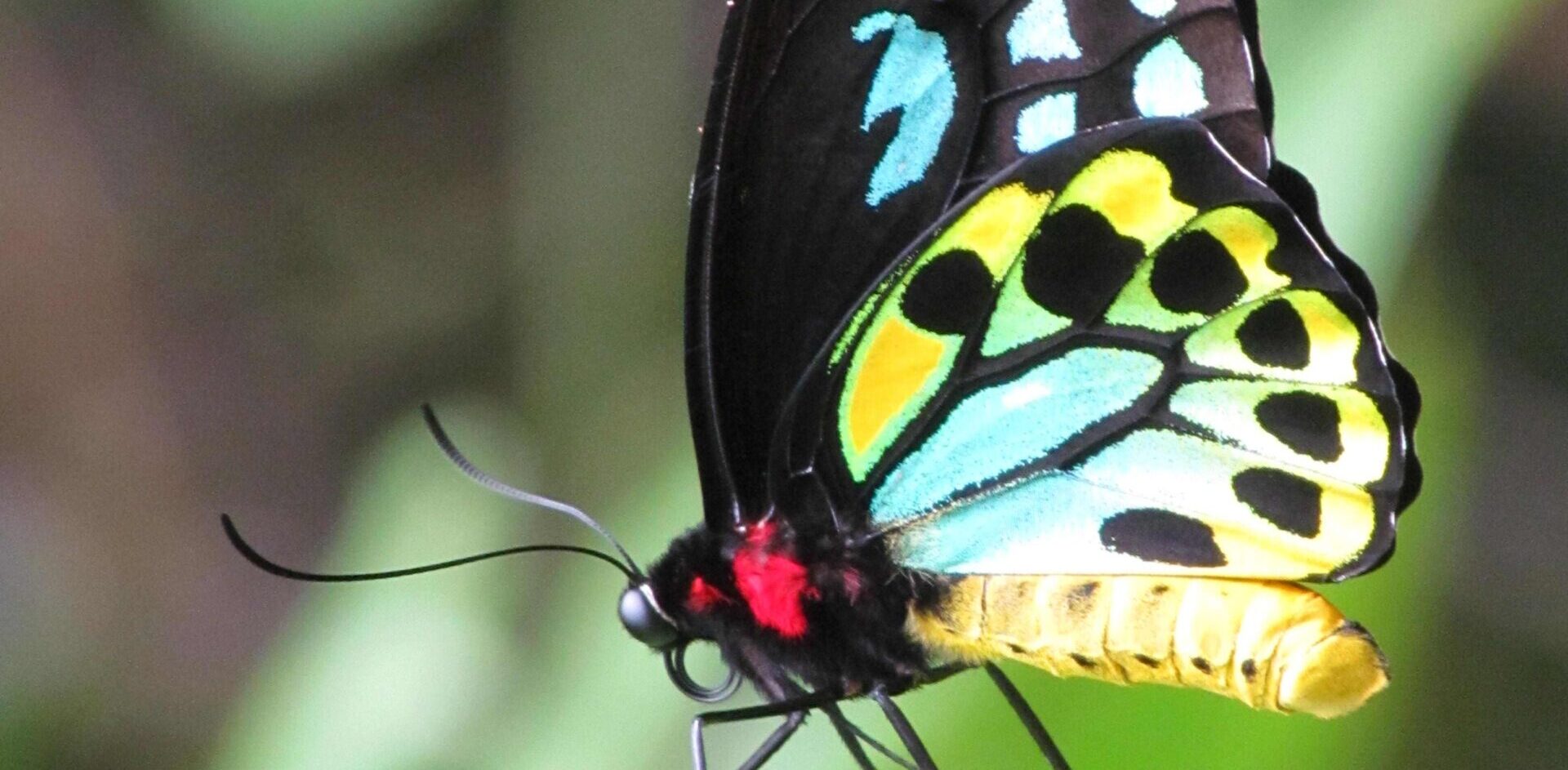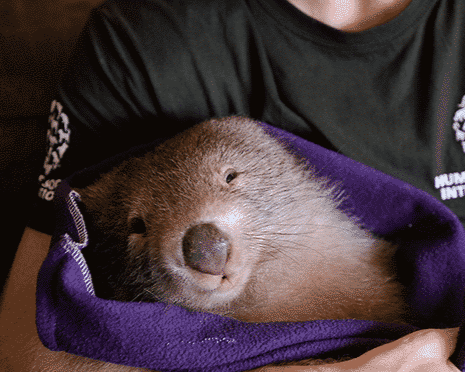The Newsletter of Humane World for Animals' Wildlife Land Trust • Issue 30 • 2025 Read More
Over the last month we’ve been thrilled with Federal Environment Minister Sussan Ley’s decisions to list four Threatened Ecological Communities nominated by Humane Society International! While the fact that the ecosystems are threatened is clearly not good news, these listings will provide the historically cleared and at-risk habitats as well as the animals that live within them increased legal protection against further decline and an improved chance at recovery.
The listings importantly build awareness about the ecological communities and what’s threatening them and mean that new actions that might impact them significantly must be approved through the EPBC Act referral and environment assessment processes. They also unlock potential research and recovery initiatives including Australian Government programs that support restoration and management of threats to the ecosystems.
These four new TEC listing decisions make it six in 2021, all of which were nominated by HSI. It’s the most threatened habitats to be gazetted in a single year since seven were listed in 2015, showing there’s still much work to do to ensure our national environment law is up to date with the latest science and sound conservation planning decision can be made. HSI is now responsible for nominations leading to 43 of 96 EPBC Act TEC listings and continue to fight for stronger laws and investment to protect and recover them.
Here’s a quick overview of the four most recent successes:

Lowland Tropical Rainforests of the Wet Tropics – Endangered
These tropical rainforests are important habitat for cassowaries and tree-kangaroos in Far North Queensland and were eligible to have their conservation status updated to endangered due to the severe impacts of historical clearing and increasing threats to the ecological community’s long-term viability such as weed invasion and cyclone damage.
The community occurs in the lowlands between Townsville and Cooktown and has depleted by more than 70% in area since colonisation due to timber extraction and land clearing for mining, dairy and cane farming, and urbanisation. Reduced ecological integrity due to fragmentation and the decline of key species meant it was eligible for an Endangered listing through a number of criteria.
Tree kangaroos, Endangered quolls, cassowaries, flying-foxes, birds and Critically Endangered plants and frogs such as the elegant frog and Kuranda tree frog will all benefit from the increased protection and recovery prioritisation afforded to the Lowland tropical rainforests. The community holds rich Indigenous cultural significance and continued connection with First Nations communities living in the area, traveling along traditional pathways and utilising traditional plant and animal resources.
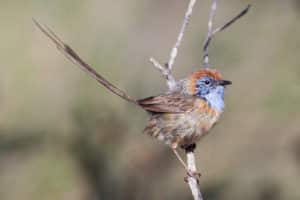
Mallee Bird Community of the Murray Darling – Endangered
20 species of birds that are dependent on mallee habitats in north-western Victoria and south-eastern South Australia have had their tied-fates recognised and conservation status raised through Australia’s first national faunal-based Threatened Ecological Community listing – the Mallee Bird Community of the Murray Darling Basin Bioregion.
HSI made the case for the Mallee bird community Endangered listing in 2015, with Minister Ley’s decision to list the ecological community following complex and thorough assessment by the Department of Environment and Threatened Species Scientific Committee. It was found that the restricted distribution of the community combined with severe fragmentation and increasing threats such as invasive species and fire more than met requirements for an Endangered listing.
Malleefowl, mallee emu wrens, regent parrots and red-lored whistlers, all of which are considered threatened, are among the 20 mallee-dependent species that will benefit from the increased protection and recovery prioritisation afforded to the Mallee bird community. Many of these species provide key ecosystem functions across the community and are key to its integrity being maintained.
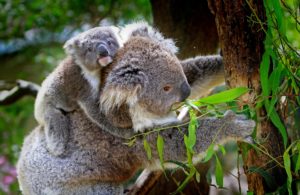 Coastal Swamp Sclerophyll Forest of NSW and SE Queensland – Endangered
Coastal Swamp Sclerophyll Forest of NSW and SE Queensland – Endangered
The national listing of Coastal Swam Sclerophyll Forest as a Threatened Ecological Community is the latest resulting from a broader TEC nomination made by HSI that has since been restructured into a number of smaller and more accurately definable ecological communities by the Department of Environment and Threatened Species Scientific Committee.
The forests, that occur within a narrow strip along the east coast between southern New South Wales through to Gladstone in Queensland, are habitat for numerous threatened species such as the spotted-tailed quoll, southern brown bandicoot, long-footed potoroo, swift parrot, orange-bellied parrot and koala.
The Threatened Species Scientific Committee found that clearing has caused the community to become extremely fragmented, with only 2% of its remnant patches being more than 100 hectares in size. With more than 86% of patches being less than 10 hectares in size, the habitat has a lack of ecological corridors for wildlife species to move between remnants and is vulnerable to ‘edge effects’ impacting its ecological function.
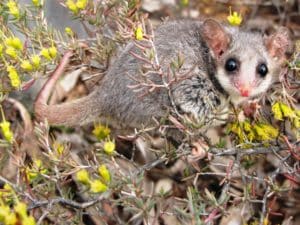
Eastern Suburbs Banksia Scrub of the Sydney Region – Critically Endangered
This iconic coastal habitat in Sydney’s Eastern Suburbs that’s home to wildlife species including Eastern pygmy possums, green and golden bell frogs and bandicoots was up-listed from Endangered to Critically Endangered Ecological Community under national environment law. It’s national status now matches it’s Critically Endangered listing under NSW environment legislation, providing it with additional legal protection against further decline and an improved chance at recovery.
We nominated the Eastern Suburbs Banksia Scrub in 2019, and the Threatened Species Scientific Committee agreed with our submission that its highly restricted distribution and the heavily fragmented nature of the habitat combined with increasing threats such as invasive species and fire met requirements for a national Critically Endangered listing.
One of the largest remnants of Eastern Suburbs Banksia Scrub occurs at Manly’s North head, with other significant patches within Malabar Head National Park, Randwick Environment Park and various Eastern Suburbs golf courses, as well as further south in Kamay Botany Bay National Park and in Royal National Park near Bundeena. Its characteristic banksia, wattle and tea tree vegetation is highly important for nectar feeding birds such as honeyeaters.

